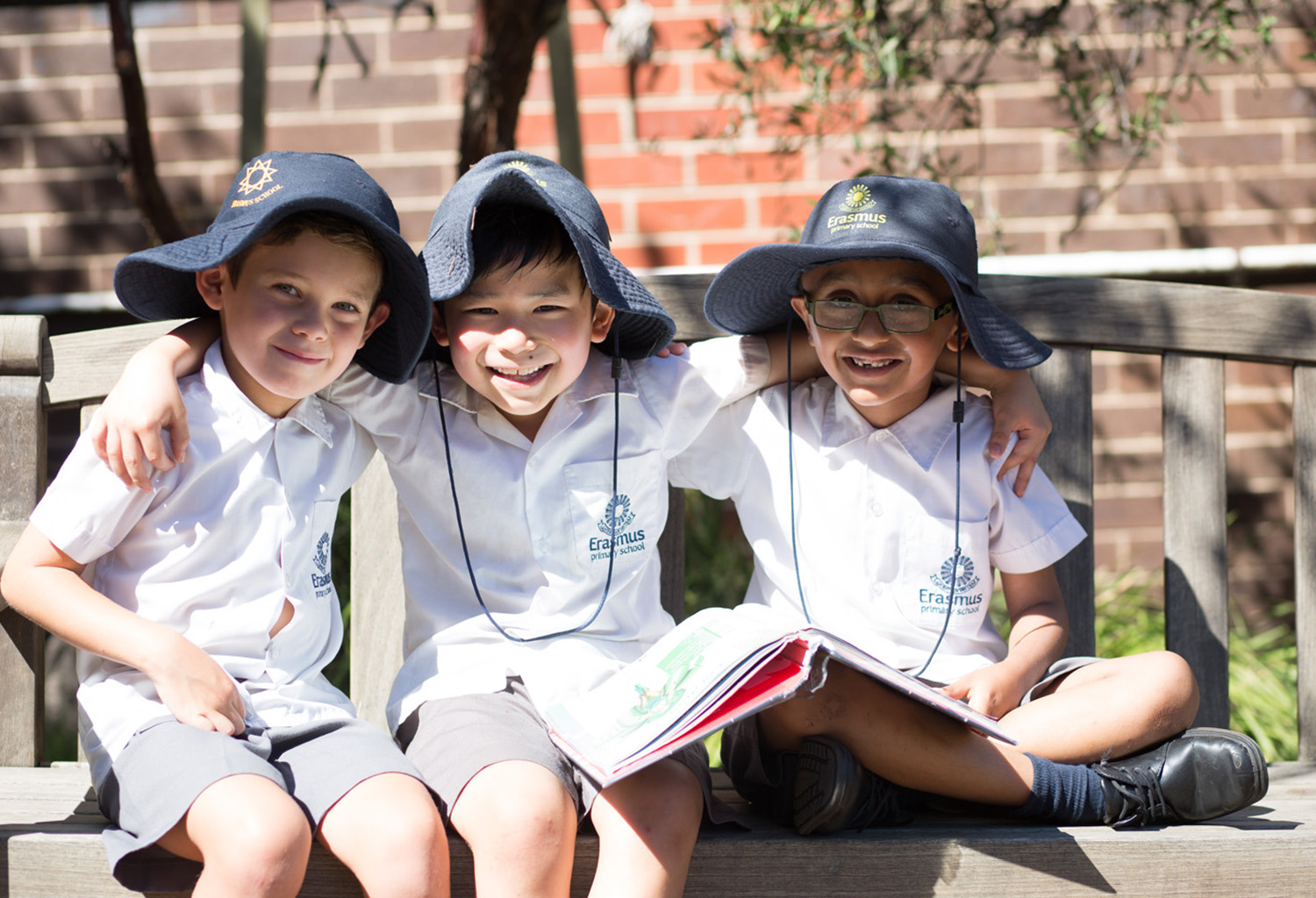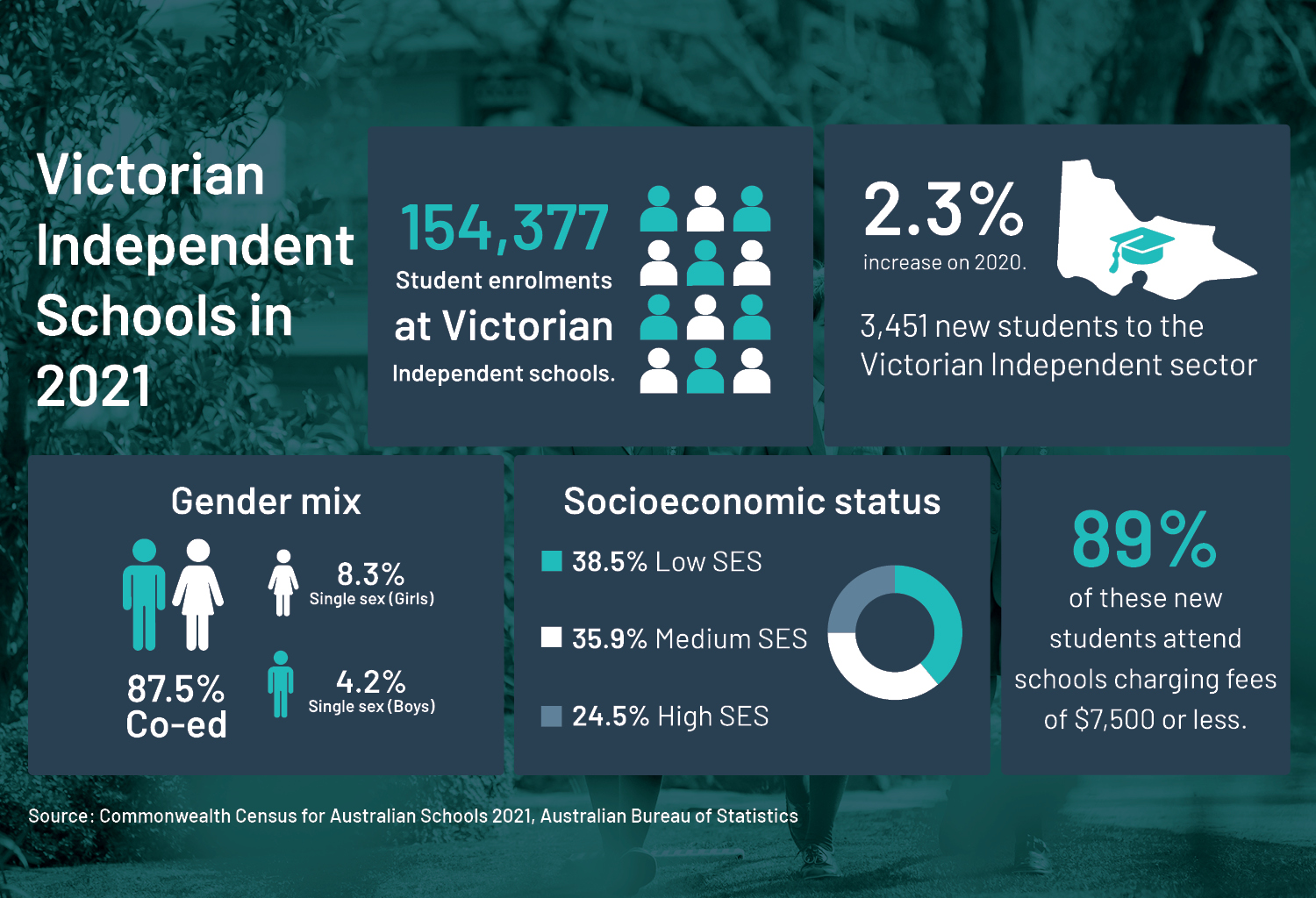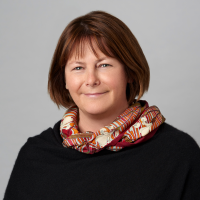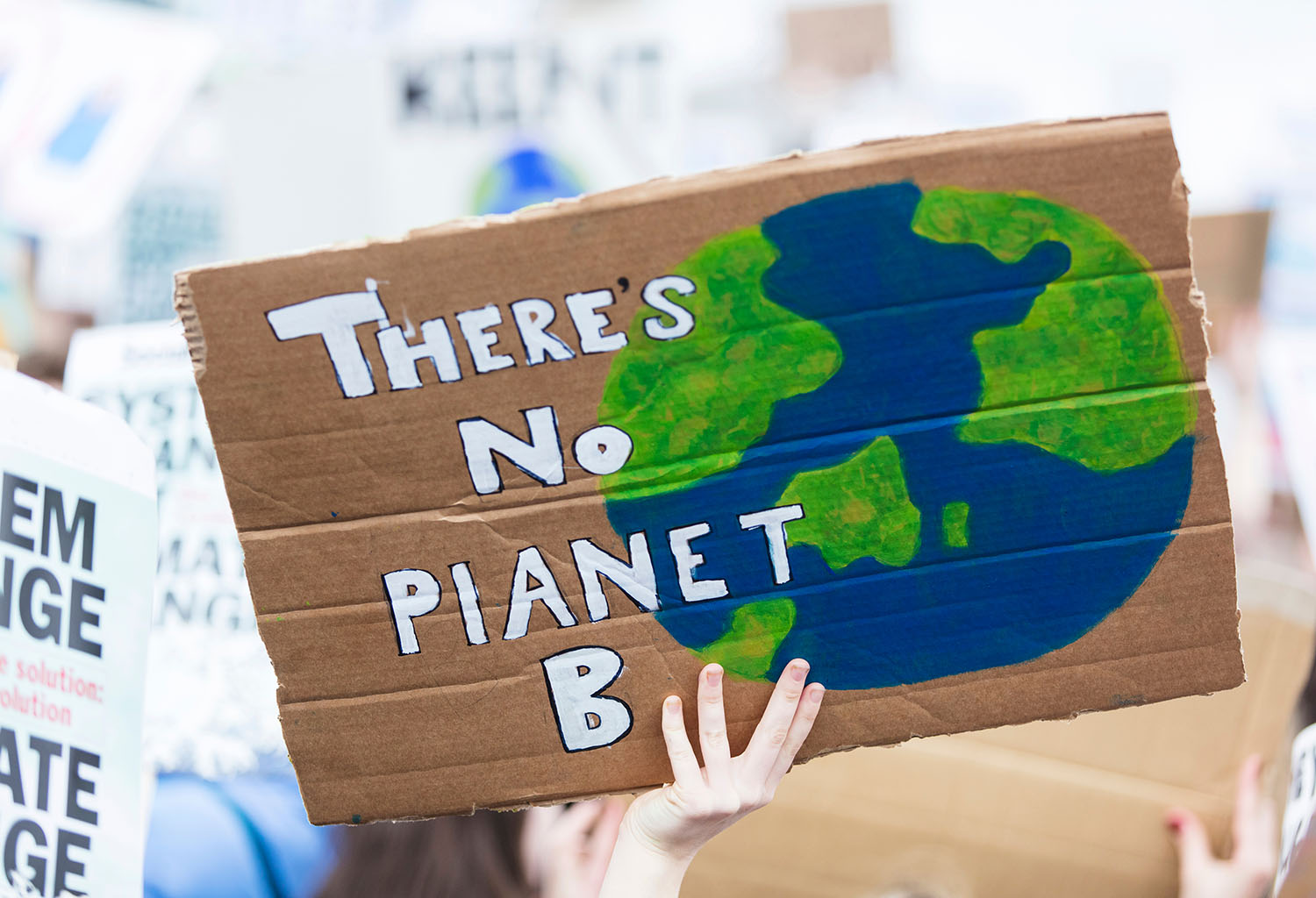Independent school numbers add up to a tale of diversity

3 min read
The latest statistics on enrolments tell a remarkable story about Independent schools.
The Australian Bureau of Statistics figures show another year of growth in enrolments in Independent schools, continuing a trend of recent years. What’s remarkable is that this growth continued in 2021, amidst a global pandemic that has imposed massive disruption on all schools, but especially in Victoria where most endured a second year of successive lockdowns.
The pandemic didn’t just disrupt school operations. It affected almost every institution and aspect of our lives. It put a halt to the migration that has helped drive population growth (and therefore school enrolments). The ABS figures show Victorian student numbers grew by just 0.47 per cent last year, while the number of Victorians aged five to 19 actually fell by 0.1 per cent. Some schools lost international students who were unable to enter the country because of border closures.
Against these odds, enrolments in Victorian Independent schools grew by 2.3 per cent to a total of 154,377 students, an increase of 3,451 over 2020. The rate of growth, which outstripped that of the government and Catholic school sectors, was only marginally down on 2020. Growth was also strong nationally – across the country Independent schools recorded an increase of 3.6 per cent, bringing the number of students attending Independent schools to 620,330.

Simplistic answers to a complex issue reveal enduring stereotypes
In recent days some media reports and commentary have sought to attribute this growth to simple causes, or to pit one school sector against another. One report, unsupported by evidence, said Independent schools were ‘poaching’ students from other sectors.
A radio commentator suggested the growth was evidence that parents were fleeing what the commentator claimed, but didn’t define, was a ‘woke’ culture in government schools. Another report suggested the growth was due to the fact that all Independent schools had the resources to successfully implement remote learning during COVID lockdowns.
These are simplistic answers to a complex issue, revealing some enduring stereotypes.
Yes, some schools performed better in implementing remote learning than others, but all schools found it a massive challenge. How they coped varied between Independent schools. No doubt there were similar variations in other school sectors. In any case, the growth in enrolments in Independent schools continues a trend that predates COVID.
“Beyond the stereotypes, the human faces behind the data confirm that Independent schools cater to families of all cultures and socio-economic backgrounds.”
The human faces behind the data
As for the suggestion the growth is due to the purported lavish resources of Independent schools, this overlooks the fact that the recent increases in enrolments were largely in schools serving families on low to middle incomes, and charging lower fees.
The suggestion that parents are escaping a ‘woke’ culture in other sectors again simplifies and stereotypes schools. In the case of Independent schools, it ignores their diversity and the differences between them, and assumes they all follow the same philosophies, approaches to education, and views on social and ethical issues. Five new Independent schools opened in Victoria this year. Each is different but all seek to meet a need.
What we can say is that the diversity of these schools, in the fees they charge, the philosophies that underpin them and their approach to education, provide opportunities for parents to find a school that matches their values, their aspirations, and the needs of their children.
The ABS figures confirm that a growing number of parents have confidence in the Independent sector. Beyond the stereotypes, the human faces behind the data confirm that Independent schools cater to families of all cultures and socio-economic backgrounds. The diversity of these schools reflects the diversity of Australian society.
Michelle Green was Chief Executive of Independent Schools Victoria from 2002–2023.
Image courtesy of Erasmus Primary School.



